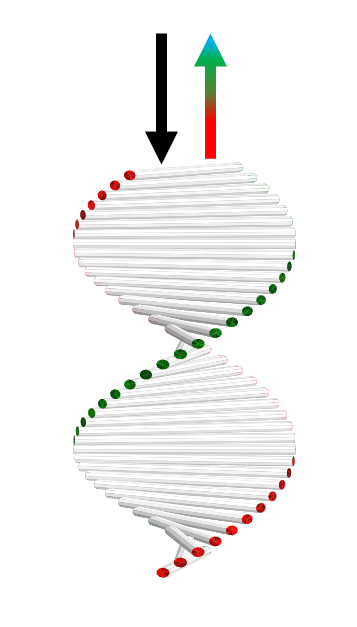
I joined the Bio-inspired Photonics group in 2016 as a Masters student and subsequently, continued my research as a PhD student from 2017 with the support of the Croucher Foundation. Prior to that, I studied Chemistry at the University of Cambridge, focusing mainly on organic chemistry. As a result, my journey into the world of liquid crystals and photonics only began once I started my research here.
My main interest is how to use natural resouces, in particular cellulosic materials, to develop materials with interesting properties. The material I mainly focus on, hydroxypropyl cellulose (HPC) is a biocompatible, edible cellulose derivative that is very commonly used industrially as a bulking agent and a thickener. In fact, I'm certain that everybody would have tasted it within the past year in some form or another. For us, what is interesting is its ability to self-assemble into a liquid crystalline phase when dissolved in water and a number of other solvents. This liquid crystalline phase, known as a cholesteric phase (Figure 1), can be thought of as a layered system in which each layer is stacked with a slight offset to the layer underneath. Under the right conditions (concentration, temperature etc.) the liquid crystalline phase is able to reflect visible light to demonstrate vibrant colours (Figure 2). As a solution state system, HPC solution is unfortunately difficult to handle and its photonic properties are intrinsically dependent on potential water evaporation. As a result, one of my main challenges is to develop solid state photonic materials using HPC.

Figure 1: Schematic representation of a cholesteric liquid crystal

Figure 2: Photonic HPC solution flowing in a bottle
Through chemical crosslinking and manipulating the kinetics of evaporation processes, I was able to develop several approaches to preserve the materials optical behaviour in the solid state. Not only can we now use them to produce coloured material, we can actually use these systems to probe more fundamental properties of chiral nematic systems: for instance, how we might be able to control the angular or polarisation response of a photonic system. However, through these studies, we also uncover additional mysteries, such as how different degree of substitution in HPC appears to affect the self-assembly properties, and I'm looking forward to unwrapping them in the future. Going forwards, my aim is not only to exploit the colour of the HPC liquid crystal, but to impart further properties, ultimately developing a truly sustainable and multifunctional material.
